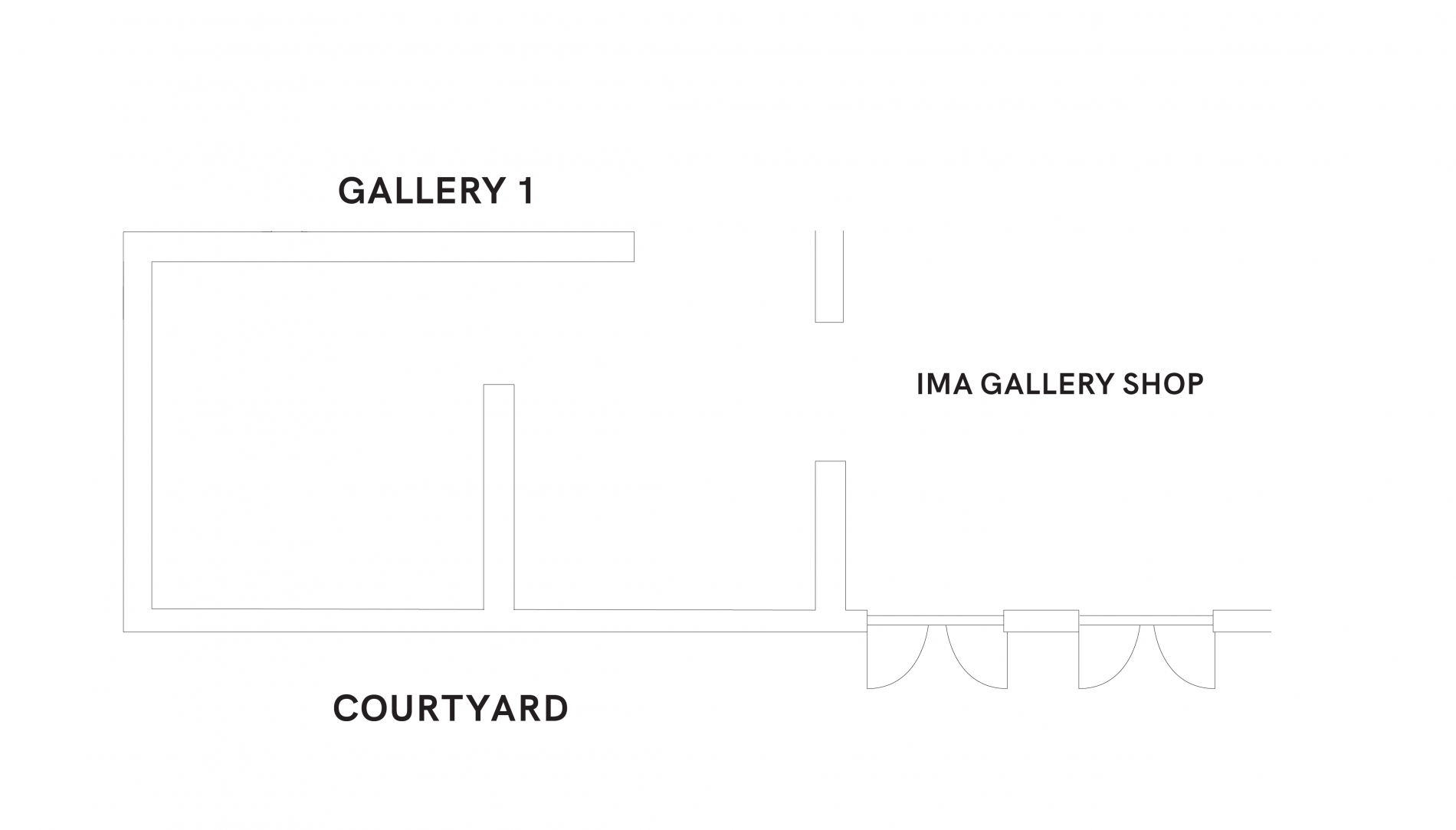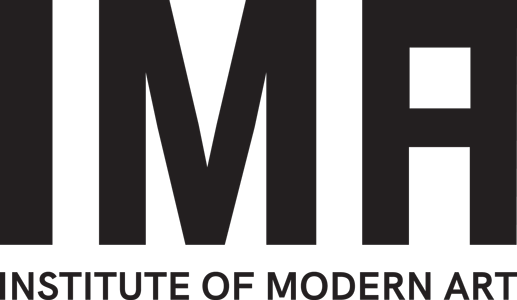Tay Haggarty
LINK
-| 1 |
LINK, 2020, stainless steel, baby oil. |
| 2 |
Sun on bare back, 2021, acrylic mirror, door blank, hard wood, socks, J hooks. |
| 3 |
Soft spot to rest (DDDddddD), 2020, foam, recycled rubber vinyl, stainless steel, baby oil. |
|
*artworks will be added to the space during performances by the artist 24 April and 15 May |
The Jeremy Hynes Award is a bi-annual prize given to an early-career Queensland artist who takes risks and works experimentally in their artistic practice. The award honours the memory of pioneering Brisbane-based performance artist Jeremy Hynes whose confrontational practice pushed the relationship between audience and spectator. In 2019 the bequest was awarded to Tay Haggarty for their proposed exhibition LINK and after some delays—we are thrilled to finally present the work at IMA in 2021.
LINK is a performance-led exhibition that explores the relationship between bodies and sculptural objects, in ever-shifting combinations and attempts to use these relations to create a space that is ‘productively ambiguous’. Tay Haggarty is influenced by artist Gordon Hall whose 2013 essay Object Lessons: Thinking Gender Variance through Minimalist Sculpture asks us to read minimalism against the grain and use its frameworks to change our broader perception of the world; “If it is possible to learn from objects how to see bodies differently, can they teach us to see gender differently, to shift the way we perceive non-normative genders?” 1. Excusing the dated language (which itself evidences how quickly ‘norms’ in this terrain are shifting)—Hall puts forward a useful structure to help us understand Haggarty’s practice.
For LINK Haggarty’s sculptures enter the gallery over a number of weeks in three set parings, that each have their own corresponding activation with a specific performer improvising with the artist in a choreographed response. In this way, and in opposition to what we’ve come to expect from the gallery-space, this exhibition embraces ‘liveness’ and is not fixed but always in flux. The way we experience LINK is continually shifting and the artist challenges us to get comfortable and embrace this fluidity.
In this exhibition each grouping of object, performer, and performance is representatively connected to a significant event in Haggarty’s life. The moments they represent are visceral; a deep conversation in a car with the feeling of the steering wheel slipping through your hands, the sweat on your bare back following a bushwalk in the hot sun, and the deep support embedded in allyship that is not seen but felt—knowing others are there to share a journey. Some of these experiences have happened to Haggarty, but some are projections—and are still yet to occur. LINK uses its objects, sounds and movement as both an index to document the past and an incubator to will-into-being future possibilities.
We as an audience can use LINK to do this too; close your eyes, imagine yourself sinking into the blue mat of Soft spot to rest, think about the creases in the corners of DDDddddD and how they were made, imagine touching the mirrored surface of Sun on bare back and your greasy fingerprints blemishing its spotless surface. Gordon Hall calls this process of projection ‘the virtual body’ where we create “an imaginary experience in [our] own body based on the experience of a material object”. By engaging with LINK we simultaneously exist in the past and the future, the real and the imagined, the corporeal and the immaterial. We do this individually, but the process of experiencing our ‘virtual bodies’ is shared and becomes a collective reference point—LINK ultimately draws us together.
Part of the charm of LINK is the gentleness of its action on the viewer. Haggarty describes their intended experience of the exhibition as ‘a slowness that feels good’. Although the exhibition has serious intentions, it achieves them through playful means. We see this humour in small touches around the space—a bespoke crash mat, socks tenderly supporting a mirror, a Bluetooth speaker carefully suspended with rock-climbing ropes. The intention is not silliness, but rather a duty of care to the viewer; to bring us onside with a tender wit.
So, what do we open ourselves up to when we translate this hybrid experience of objects into our broader experience of reality? If we are willing to accept hybridity in the gallery space, can we be more accepting of ambiguity in the broader world? Haggarty, as someone questioning their own gender identity, certainly has this goal in mind—to create a space that allows them greater ease of being. Through cultivating comfortability with plurality in our community at large we create space for a whole host of identities and for those identities to be expressed freely. LINK has important lessons to teach us about getting comfortable with ‘living in flux’—because diversity enriches us all.
- Hall, G. ‘Object Lessons: Thinking Gender Variance through Minimalist Sculpture’, Art Journal (Winter), 2013, pg. 47.↩
Events
LINK performances:
Saturday 10 April, 4.50pm (Tay Haggarty with with Marisa Georgiou)
Saturday 24 April, 4pm (Tay Haggarty)
Saturday 15 May, 5.30pm (Tay Haggarty with Jake Aitchison)
No booking required.
Find out more here.
A slowness that feels good
Embodied dance workshops:
24 April, 2–3pm
1 May, 2–3pm
15 May, 2–3pm
Cost: $20
Get tickets here.
This project was supported through a Creative Sparks Grant.
The Creative Sparks Fund is a partnership between the Queensland Government and Brisbane City Council to support local arts and culture in Brisbane.


